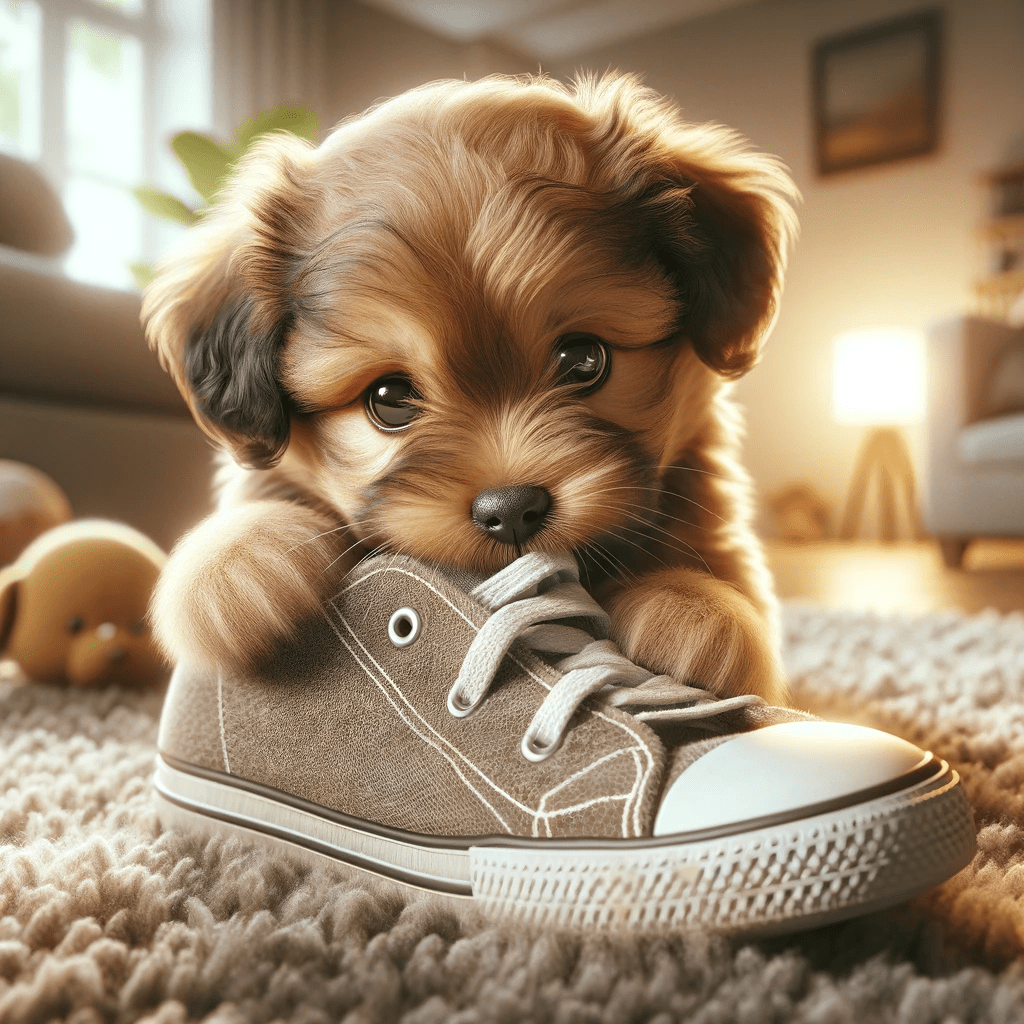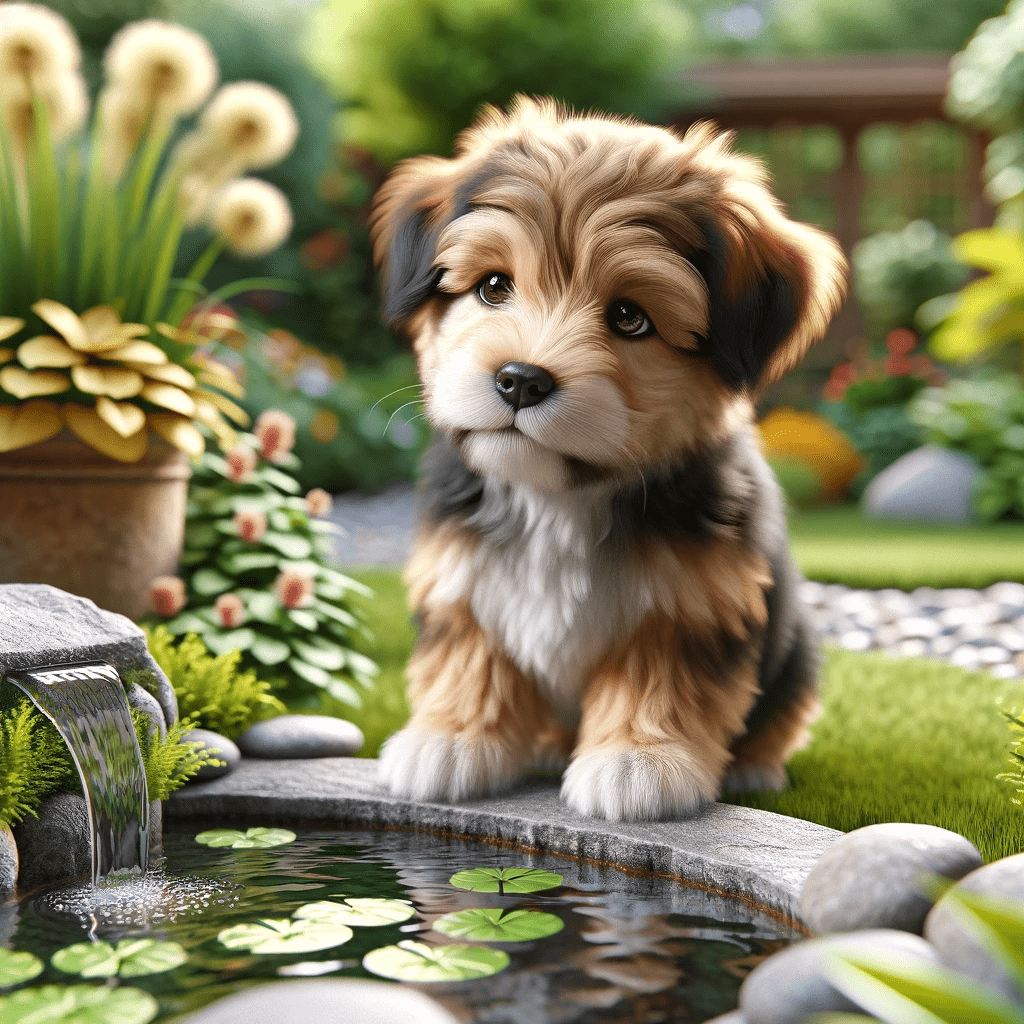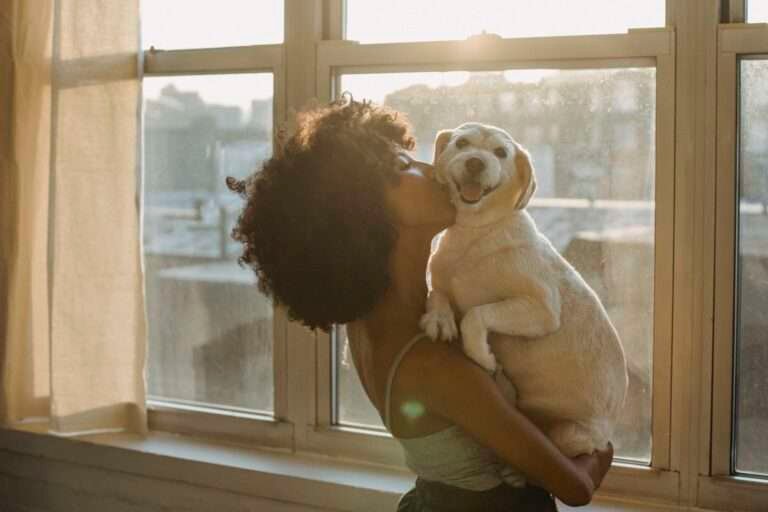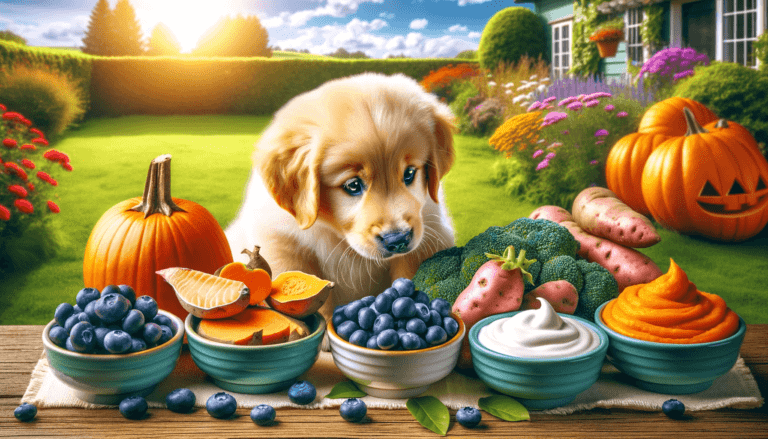How to Puppy Proof Your Home and Garden
How to Puppy Proof
To puppy-proof your home, secure electrical cords, lock away chemicals, move toxic plants out of reach, and use baby gates for dangerous areas. In the garden, ensure fences are secure, remove toxic plants, cover water features, and avoid pesticides. Provide safe toys and supervise your puppy.

Why Puppy Proofing is Important.
Puppy-proofing your home is crucial because it helps ensure the safety of your new pet. Puppies, much like human toddlers, are naturally curious and eager to explore their environment. This curiosity, while a normal part of their development, can lead them into potentially dangerous situations. For example, puppies might chew on electrical cords, which can lead to electrocution, or they might ingest harmful substances like household cleaners or certain human foods that are toxic to dogs.
How to Puppy Proof Indoors
Secure Hazardous Items
To safeguard your puppy indoors, focus on securing hazardous items. Electrical cords should be tucked away or covered with cord protectors to prevent your puppy from chewing on them, which can lead to serious injuries or death.
Store cleaning supplies and chemicals in high cabinets or secure them behind childproof locks to avoid accidental ingestion. Also, keep all medications out of your puppy’s reach, ideally in locked cabinets, as many human medications can be toxic to dogs.
Choking Hazards
Remove any dangling objects that a puppy might find interesting. It is very easy for a puppy’s collar or head to become tangled. As a personal anecdote, many years ago my friend’s puppy became stuck in the tie-cords of an apron hanging from the kitchen door. Luckily my friend was quick to the rescue, and no harm was done. He began storing his aprons in a drawer after that incident!
Protect Your Belongings
Protecting your belongings is another important part of puppy-proofing. Furniture can be covered with protective materials to prevent damage from chewing, and providing your puppy with plenty of chew toys can help redirect their natural chewing instincts. Ensure that small objects like coins, batteries, and toys are kept off the floor to prevent choking hazards.
Create a Safe Space for Your Puppy
Creating a safe space for your puppy is crucial, especially when you can’t supervise them directly. A crate or playpen serves as a secure area where your puppy can stay safely. This space also helps with house training and provides your puppy with a cosy place of their own.
Block Off Dangerous Areas
It’s important to block off dangerous areas in your home. Baby gates can be used to prevent access to stairs and restricted rooms, reducing the risk of falls or the puppy getting into something they shouldn’t.
Plants
Many common houseplants are toxic to dogs, so it’s vital to research each plant in your home. Move any dangerous plants out of your puppy’s reach to prevent accidental poisoning.
Windows and Doors
Securing windows and doors is essential to prevent your curious puppy from escaping.
Rubbish Bins
Finally, ensure bins have lids or are stored out of reach. Puppies often explore bins, which can contain harmful or toxic substances. Secure rubbish storage helps prevent messes and potential health hazards for your puppy.

How to Puppy Proof Your Garden
Fence and Security
In the garden, the first step in puppy-proofing involves ensuring the security of your fence. Check for any gaps or weak points in fences and gates to prevent your puppy from escaping. It’s also important to remove any hazardous materials or tools from the garden that could harm your puppy if they chew on or swallow them.
There’s been an alarming rise in the theft of dogs in recent years, even from gardens, so it’s even more important these days to supervise your puppy when it’s in the garden.
Toxic Plants, Creatures and Substances
Gardens often contain plants and substances that can be toxic to dogs. It’s crucial to remove or securely fence off any plants known to be harmful to dogs. Additionally, avoid using pesticides and insecticides in areas where your puppy might play or explore, as these chemicals can be extremely dangerous if ingested.
Remove any slugs or snails you find. They can transmit lungworm to your puppy if it eats them. Pay attention to dark wet areas where they like to congregate. Do not use slug pellets as these are poisonous to your dog – gently move the slugs and snails to a place where they’ll be safe but wont be a risk to your puppy. They can move a considerable distance in one day, so don’t be surprised if you keep having to move them, especially if you have a vegetable garden!
Water Features
If your garden has ponds, pools, or other water features, these need to be made safe to prevent the risk of drowning. Puppies can be curious but may not be able to get out of water features if they fall in. Fencing off these areas or covering them can safeguard your puppy from these hazards.

Provide Shelter
Providing shelter in the garden is essential, especially in warm weather. A shaded area allows your puppy to rest and cool down outdoors, protecting them from overheating and sunburn. This can be a doghouse, a shaded patio area, or any comfortable spot where your puppy can hide from the sun.
Regular Checks
Frequently check for and remove any hazardous objects like sharp sticks, stones, or debris that could injure your puppy. Ensuring the garden is free of such hazards helps create a safe space for your puppy to play and explore.
By taking these steps to puppy-proof your home and garden, you can create a secure and enjoyable environment for your puppy to explore and grow in safely.
If you have any questions or comments, please leave them below – we’d love to hear from you!
Please share this article if you think it will help a puppy or their owner.







